Quick: what first comes to mind when you hear the words, "Chelsea Hotel?" Sid and Nancy? Leonard Cohen's "Hotel Chelsea No. 2?" Andy Warhol's "Chelsea Girls?" Musicians and artists dominated the headlines through the 13 decades since the Chelsea's construction in 1884. But the grand hotel-for-the-arts on New York's West 23rd Street has inspired literary works as well, and often it was the writers who shaped the narratives on which artists working in other disciplines based their work.
How do you think the Chelsea first got its reputation as a bohemian enclave? Long before William Burroughs showed up, the 19th-century literary tastemaker William Dean Howells sublet an apartment there, and was so charmed by its struggling young artists that he wrote a novel about them: 1893's The Coast of Bohemia. By the 1920s, this image of the Chelsea as an avant-garde nexus had attracted the wealthy art collectors Abby Rockefeller and Lizzie Bliss and inspired them to create the Museum of Modern Art.
What did it take for Bob Dylan to create an album as magical as Blonde on Blonde? He moved into the Chelsea--where, from the Depression years, Spoon River Anthology poet Edgar Lee Masters's celebrations of the Chelsea's collaborative brand of artistic living had attracted Thomas Wolfe and Dylan Thomas, who in turn had drawn Kerouac, Ginsberg, and Brendan Behan. Over the course of several decades, the work and conversations generated by this literary conclave created the rich loam from which Blonde on Blonde could grow--with Cohen's "Chelsea Hotel No. 2" and other hymns to the Chelsea to follow.
As the Sixties Revolution bit the dust and the economy soured, the grim worldview of Chelsea Hotel alumnus William Burroughs informed Andy Warhol's "Chelsea Girls" and the music of punk rockers from Sid Vicious to Dee Dee Ramone. Even now, with the Chelsea's recent purchase by a New York developer and shut-down for extensive renovations, there is, no doubt, a writer huddled in one of its remaining occupied suites, working on the next great New York novel. Stay tuned for the music, art, films, and performances sure to follow.
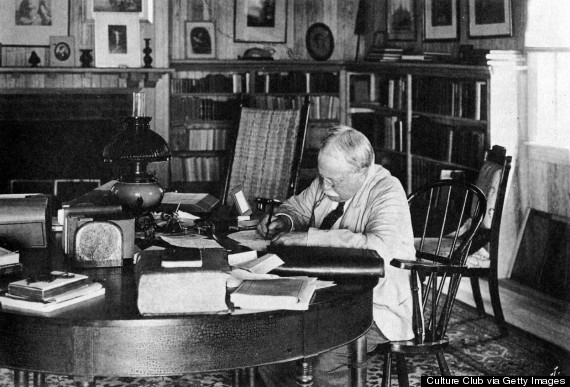
1. William Dean Howells: "I'm going to show you where I live, where I dream!" exclaimed a young art student in William Dean Howells's 1893 novel, The Coast of Bohemia, a fond reminiscence of New York's early art scene. Leading a friend up "eight or ten steps that crooked upward" toward the top of the building, she ushered her visitor into a high-ceilinged, tapestry-lined studio with a great tiger-skinned rug spread out before the fireplace - a studio identical to those occupied by Charles Melville Dewey, Childe Hassam, Allegra Eggleston, and other 19th-century artists Howells had known at the Chelsea. With this novel, the seeds were planted for the Chelsea's reputation as a unique enclave--not only drawing more artists to the Chelsea but eventually leading to the founding of the Museum of Modern Art.
2. Edgar Lee Masters: "Anita! Soon this Chelsea Hotel / Will vanish before the city's merchant greed," wrote Edgar Lee Masters in his poem "Hotel Chelsea" as rumors swirled during the Depression years of the hotel's imminent bankruptcy and destruction. No one loved the Chelsea's bohemian atmosphere more than this famous author of Spoon River Anthology, whose early life as a writer had been burdened by a stifling parallel career as Chicago lawyer and family man. Freed at last from conventional expectations, Masters scribbled odes to the weedlike alainthus trees growing outside his Chelsea window, refusing to leave even when his young wife abandoned the place in disgust. Instead, he chose a new partner from among his many admirers in the hotel's lobby. Luckily, while Chelsea did go bankrupt it wasn't destroyed, and is now protected as both a city and national historic landmark.
3. Thomas Wolfe: "The desire for it All comes from an evil gluttony in me," confessed Thomas Wolfe, who had moved into the Chelsea on Edgar Lee Masters's recommendation and whose rumbling, Southern-accented voice permeated the corridors as he paced the floor each night dictating scenes for a novel. To Masters, who invited Wolfe down for a nightcap occasionally, the writer seemed a force of nature, loudly decrying the changes he saw in his countrymen in the wake of the Depression. America had lost its way, Wolfe insisted. People were afraid to think straight, afraid to face themselves. The novels he would write at the Chelsea--The Web and the Rock and You Can't Go Home Again--would inspire Chelsea denizen Jack Kerouac in the years to come.
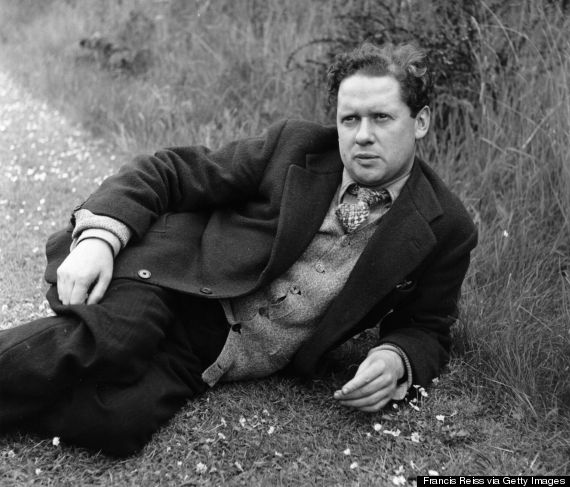
4. Dylan Thomas: "Excuse me," Dylan Thomas apologized, following a terrible fit of coughing and retching into his rusty Chelsea hotel sink. He suffered from a medical condition, he explained. "I think it's called cirrhosis of the liver." The popular Welsh poet drank too heavily to produce much of literary merit during his numerous stays at the Chelsea Hotel, but his appallingly chaotic lifestyle made a profound impression on Arthur Miller, who visited Thomas at the Chelsea in mid-1953, just as his own staid life began to dissolve under the heat of a newfound passion for Marilyn Monroe. Thomas, then at work on refining his "play for voices," Under Milk Wood, would be dead within months of his encounter with Arthur Miller. Less than three years later, Miller would marry Monroe.
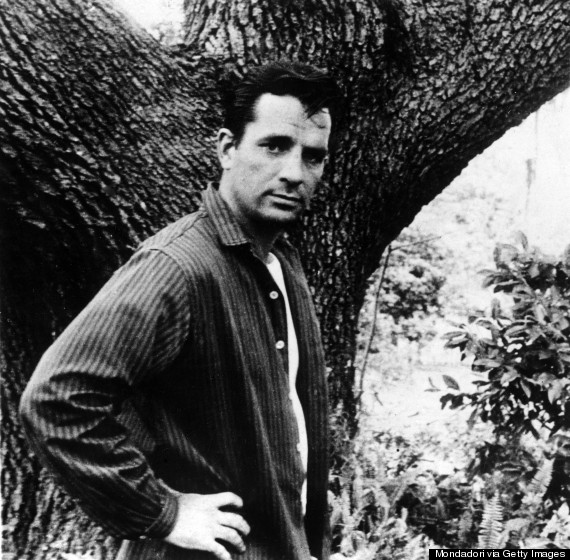
5. Jack Kerouac and Gore Vidal: It was one of those nights of "metropolitan excitements," Kerouac wrote of the night in 1953 when he and William Burroughs encountered Gore Vidal at the San Remo bar. Already drunk with joy over the publication of Burroughs's Junkie, the two writers eagerly incorporated Vidal into the night's revelries. But as the drinking progressed, Burroughs peeled off--leaving Kerouac and his handsome fellow writer to muddle-headedly resolve to pay tribute to their predecessors Thomas Wolfe and Dylan Thomas by consummating their friendship at the Chelsea Hotel. Later, in his novel The Subterraneans, Kerouac faithfully recreated every detail of that night except its final denouement--excusing himself to Vidal with the lame explanation, "I forgot." Vidal remedied the situation by immortalizing their encounter himself in his memoir Palimpsest.
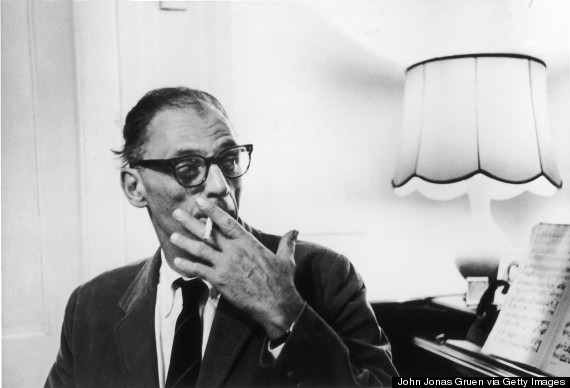
6. Arthur Miller: Arthur Miller came to the Chelsea in 1962 to escape his disastrous marriage to Marilyn Monroe, but once he started writing, he found he couldn't duck his history quite so easily. His new play, After the Fall, was meant to explore, in this post-Nazi era, the individual's responsibility for the fate of a fellow human, but it soon became clear that Miller was also exploring his role in Monroe's self-destruction. Even after the announcement of Monroe's suicide, Miller denied the true identity of his play's female protagonist. The atmosphere at rehearsals became "like a snake pit" once lead actress Barbara Loden began attending rehearsals in a blonde Marilyn Monroe wig. The play bombed, but After the Fall would inspire others working at the Chelsea Hotel.
7. Brendan Behan: Alcoholism had not only gotten the Irish playwright and novelist Brendan Behan kicked out of Algonquin and Bristol Hotels by 1963, it had also destroyed his ability to hold a pen. At the Chelsea, though, the choreographer Katherine Dunham and her dancers were able to nurse him back to health. At the Chelsea, the writer dictated Brendan Behan's New York, a lyrical tribute to his favorite city, into a tape recorder when not singing Israeli songs with the poet Allen Ginsberg, dancing in the halls with Communist leader Elizabeth Gurley Flynn, befriending Eugene O'Neill's ex-wife Agnes Boulton, or carrying on affairs with male and female lovers while managing visits from his long-suffering wife as well.

8. Arthur C. Clarke: In 1965, long-time Chelsea veteran Arthur C. Clarke checked in for another stint at the hotel, pounding out 2,000 words a day on a novel-length accompaniment to 2001: A Space Odyssey, his collaboration with filmmaker Stanley Kubrick. Kubrick had tried to work with Clarke at his own office in Manhattan, but after one day's work the writer returned to the Chelsea to draw on conversations with William Burroughs, Allen Ginsberg, Arthur Miller and others for inspiration for his work. When 2001 proved successful, Clarke repaid his Chelsea Hotel neighbors for their support with countless demonstrations of early lasers, catoptric telescopes, video cameras, and other cutting-edge technology on the Chelsea's rooftop on summer nights.
9. William Burroughs and Brion Gysin: William Burroughs and his close friend, the Canadian artist Brion Gysin, arrived at the Chelsea Hotel in 1965 to market a new invention, the Dream Machine, a contraption consisting of a spinning paper cylinder with slitted sides and a light bulb inside whose purpose was to create a psychedelic experience for the viewer without the use of drugs. When it failed to make them rich, the pair turned to a new collaboration equally in tune with the Chelsea Hotel zeitgeist: The Third Mind, a exploration of the synergetic power of creative collaboration. The book would not be published for 13 years, but its ideas on the power of juxtaposition and contrasting points of view would inspire numerous Chelsea Hotel artists in coming years.

10. Viva: Fed up by what she considered gross misrepresentations in profiles written by others for New York and other magazines, Warhol superstar Viva created her own fictional world in her 1970 roman à clef, Superstar. The novel, written for the most part at the Chelsea, detailed its heroine's tumultuous Catholic upbringing, her forays into modeling and her induction into the Factory scene. Fictional stand-ins abounded for Chelsea denizens, including fellow superstar Edie Sedgwick, Hair creators Rado and Ragni, and Viva's own husband, the filmmaker and video artist Michel Auder. "Perhaps the most revelatory and honest work of fiction ever produced by a woman," the book jacket proclaimed. Four years later Viva would follow up with a second novel, The Baby.
11.Sam Shepard and Patti Smith: When Patti Smith first interviewed the Holy Modal Rounders' handsome drummer with the "cowboy mouth," he told her his name was Slim Shadow. Later she learned his real identity: Sam Shepard, a well-regarded playwright downtown. In Shepard's room at the Chelsea, the pair read books aloud and traded life stories. In time, just for fun, they collaborated on "Cowboy Mouth," a quasi-autobiographical play about Slim, a cowboy, and Cavale, a criminal who imprisons him in her lair. The first night of previews in April 1971, Patti and Sam exulted in improvising their own reality in their own way onstage. But the next night, Sam suddenly seemed to realize he was performing his life for strangers. He failed to show up for the next performance and "Cowboy Mouth" closed.
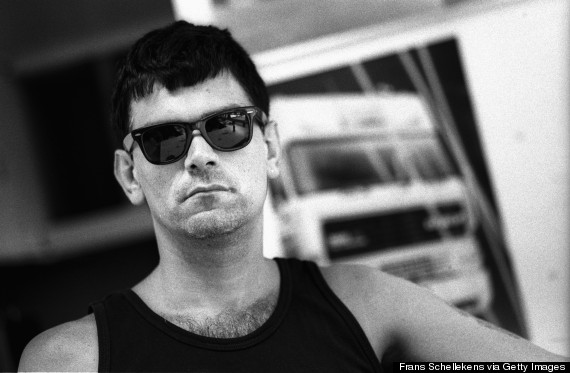
12. Dee Dee Ramone: Dee Dee Ramone first stayed at the Chelsea Hotel in the Ramones' early days when, having been ejected from one apartment after another for loud fights with his girlfriend, they managed to coax the hotel's co-owner and manager Stanley Bard into giving them a room. Decades later, Dee Dee returned to the Chelsea to try to kick a heroin habit. While there, he created Chelsea Horror Hotel, a novel starring himself, his wife Barbara, and a talking dog named Banfield. When not walking Banfield or trying to score drugs, the fictional Dee Dee tangles at the Chelsea with the ghosts of fellow punk musicians Sid Vicious, Johnny Thunders, and Stiv Bators, and finally the Devil himself. Ramone died of a drug overdose in 2002.
Sherill Tippins is the author of the new book Inside the Dream Palace: The Life and Times of New York's Legendary Chelsea Hotel.
